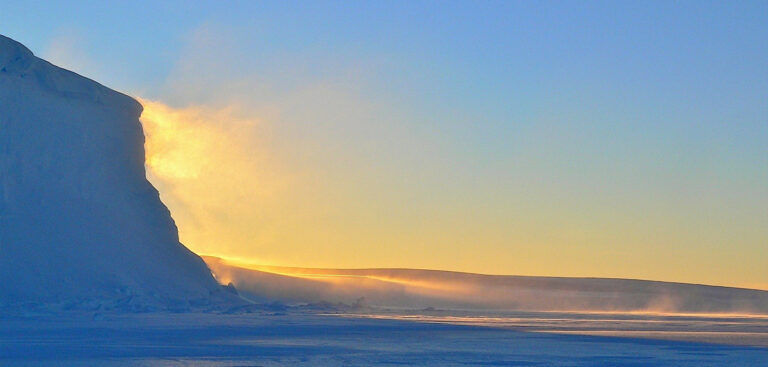Scientists have found the presence of warm water at a vital point underneath a glacier in Antarctica, pointing to the cause of gradual melting of the ice shelf.
The warm waters, more than 2°C above freezing, flow beneath the Thwaites Glacier, part of the Western Antarctic Ice Sheet.
The discovery was made at the glacier’s grounding zone where the ice transitions between resting fully on bedrock and floating on the ocean as an ice shelf, which is key to the overall rate of retreat of a glacier.
David Holland, director of New York University’s Environmental Fluid Dynamics Laboratory and NYU Abu Dhabi’s Center for Global Sea Level Change, said, “If these waters are causing glacier melt in Antarctica, resulting changes in sea level would be felt in more inhabited parts of the world.”
Thwaites’ demise would drain a mass of water that is roughly the size of the US state of Florida and accounts for 4% of global sea-level rise.
Some scientists think Thwaites is the most vulnerable and significant glacier in the world, and its collapse would raise global sea levels by nearly 1m.
The measurements were made in early January after the research team created a 600m-deep and 35cm-wide access hole and deployed an ocean-sensing device to measure water moving below the glacier’s surface.
The device measures the turbulence of the water as well as other properties such as temperature.
Keith Nicholls of the British Antarctic Survey added, “This is an important result as this is the first time turbulent dissipation measurements have been made in the critical grounding zone of the West Antarctic Ice Sheet.”



